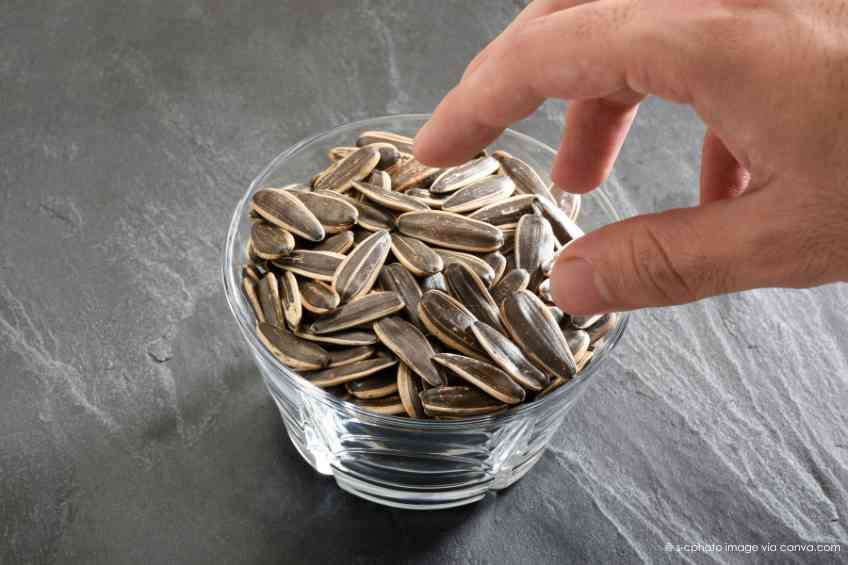By John Salak –
What’s better than a hot dog? Doesn’t matter if it comes off a grill at a ballpark or is plopped into a bun from a dirty water hot dog stand. It always smells great and tastes delicious. Are hot dogs good for you—well, that is a subject of fierce debate.
While the hot dog is an iconic American food that is invariably linked to baseball and barbecues, it traces its roots back at least 200 years when the first Frankfurter Würstchen started showing up in Germany. But by the 1890s, the hot dog became ingrained into the fabric of baseball. In fact, major league baseball fans now consume for than 25 million hot dogs every year at ballparks.
America’s fixation on hot dogs doesn’t end at the diamond. The National Hot Dog and Sausage Council reports that Americans consumed almost 900 million pounds of hot dog meat in 2019, worth an estimated $2.3 billion in retail sales.
In case you’re wondering, 900 million pounds of meat equates to 20 billion wieners or about 70 dogs per person.
Okay, admittedly that’s a lot. What’s maybe more surprising is that consumption has remained steady and even risen slightly during the last decade as this iconic food has come under intense scrutiny and attack for what many claims is simply being a tube of unhealthy, fatty, salt-dense, nitrate-rich mystery meat.
Few, if any, would claim hot dogs to be a healthy food. But there may be a growing consensus that they are not the body destroyers that some maintain. It’s argued that gobbling down a few dogs here and there is fine, especially in moderation and if the bites are largely centered on the newer, more nutritious wieners that have hit the market in recent years.
Fatherly.com is fast to point out that hot dogs are not a combination of carcinogenic mystery meats, but rather generally contain perfectly acceptable meat trimmings. “Only frankfurters labeled with the phrase ‘with by-products’ or ‘with variety meats’ may contain meat by-products,” Elizabeth Boyle, a meat scientist and professor at Kansas State University, explained.
Nitrites in hot dogs are another concern, but that concern may be exaggerated as all-natural or alternatively cured hot dogs used plant-based nitrite which all but eliminates the risk.
“There’s this idea that nitrite is going to kill everyone on the planet that’s been taken out of context and blown out of proportion,” Jeff Sindelar, a meat scientist and professor at the University of Wisconsin-Madison, told Fatherly.com. “The science tells us that nitrite can be toxic at a certain dose and can cause human health concerns because high levels of nitrite and protein and high heat of 300 degrees Fahrenheit or higher have been found to be carcinogenic, but only in mouse models.”
But this isn’t a danger for hot dogs because cooking temperatures in factories never go above 200 degrees. “For processed meats like hot dogs that aren’t cooked above 300 degrees, the risk is about as close to zero as you could ever ask,” Sindelar added.
The bigger nutritional issue with hot dogs is the high amount of fat and sodium they contain, which almost certainly precludes them from becoming one of America’s premiere health foods.
On the sodium side alone, a single hot dog may contain a quarter of a person’s recommended daily dosage. “You may be biting into 600 grams between that bun, and that’s not good for your heart,” NutritiousLife.com lays out.
Some research also indicates that eating too much-processed meats—i.e. hot dogs—can raise a person’s risk of getting cancer, type 2 diabetes and heart disease, NutritiousLife.com adds. The operative words here are “eating too much.”
Consumer Reports recently weighed in on the great wiener debate by noting that hot dogs have come a long way from their mystery meat days. They are now required to be made of real meat—beef, pork or chicken—and contain no more than 3.5 percent nonmeat binders or fillers. Nonetheless, this nonprofit watchdog acknowledges that the high levels of sodium, fat and nitrates do raise red nutritional flags, which is why looking for “healthier” hot dogs is always a good idea.
It notes for comparison that a Hebrew National Kosher Beef Frank contains 13 grams of fat, with 5 grams of saturated fat. Dogs made from chicken or turkey, such as Applegate Organics, contain less than half that amount. Thankfully, there are a growing number of chicken and turkey hot dogs now available.
Beyond checking on fat levels, Consumer Reports and others recommend looking for low-salt hot dogs, avoiding any with meat byproducts and opting for organic or grass-fed beef hot dogs if possible. In other words, read the label carefully.
Also, remember that the extras you wrap or cover a hot dog with contribute to its nutritional scorecard. Buns made from refined white flour have little value and often contain sodium and sugar and toppings like mustard, ketchup and mayonnaise pile up calories and sodium.
Sauerkraut, if you like it, at least will give your hot dog a probiotic boost.
Is the iconic American hot dog a no go? Don’t worry. Have your dog. But it should be probably more of a slow to moderate go.












